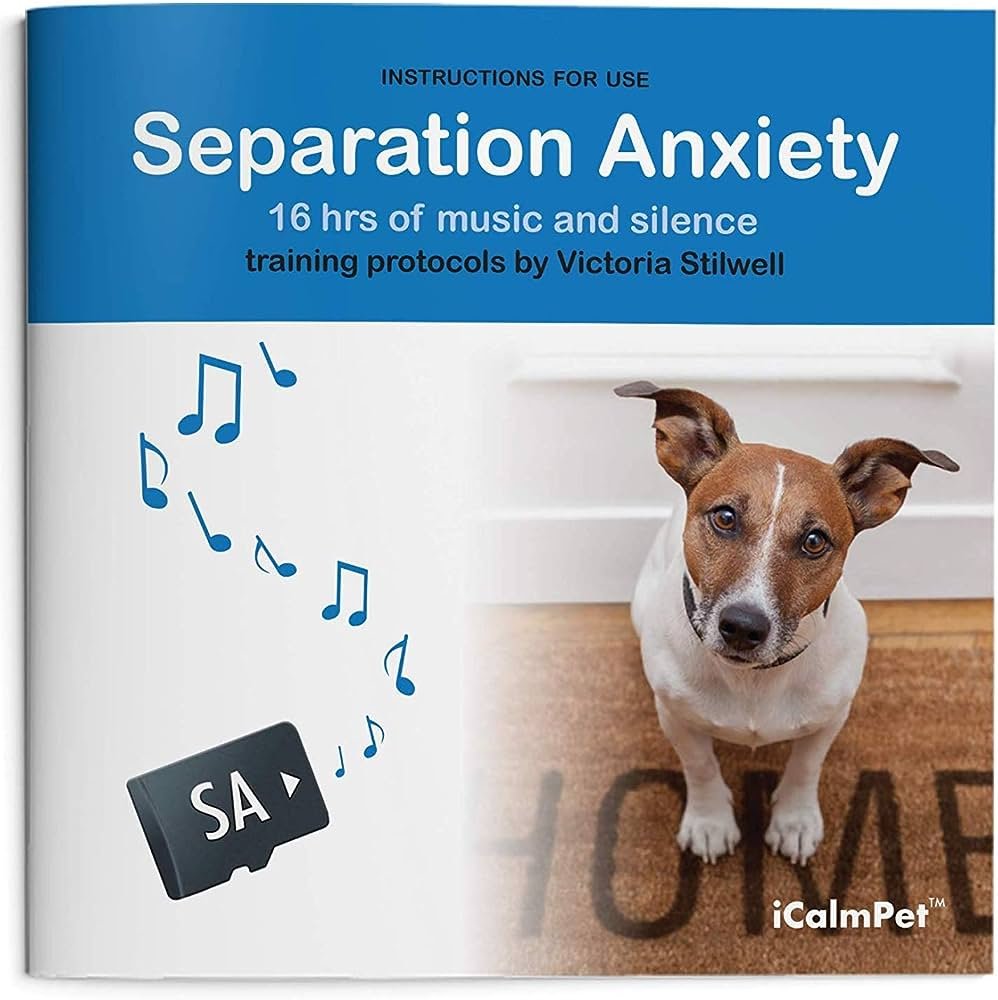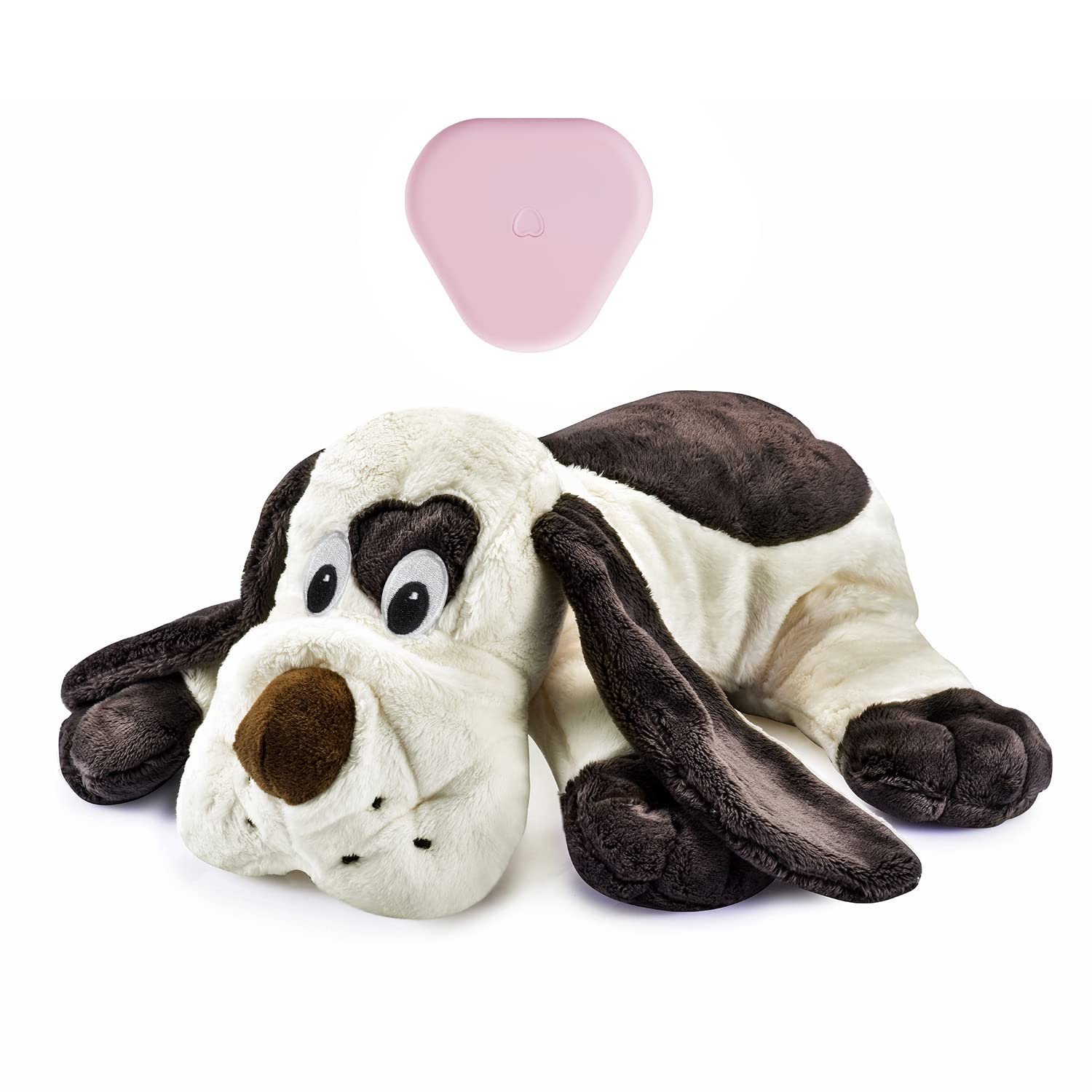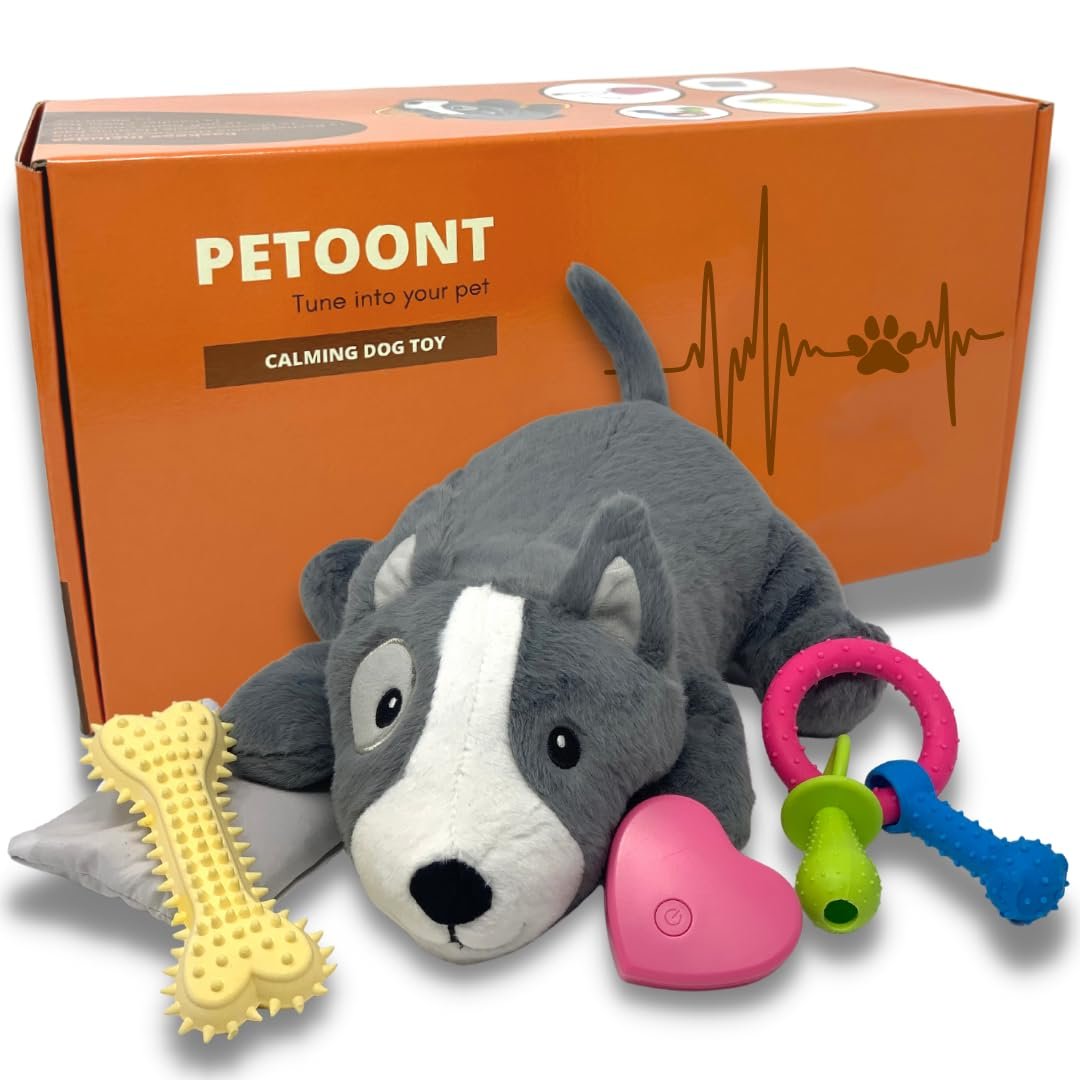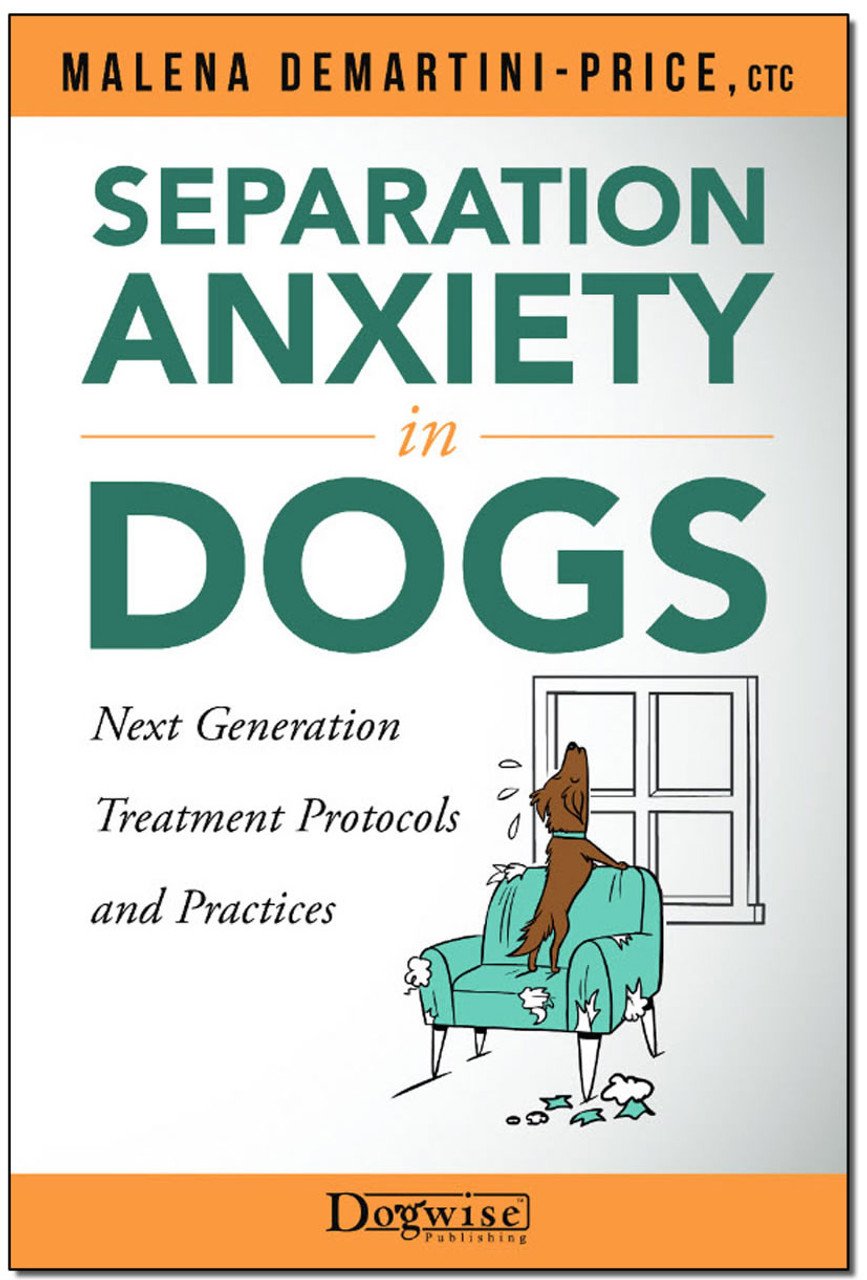If you’re a dog owner struggling with the heart-wrenching issue of separation anxiety, you’re not alone. Many dogs experience stress and anxiety when left alone, leading to destructive behaviors and a lot of anguish for both the pet and their owners. The good news is that there are specialized dog training products designed specifically to tackle this common problem. With the right tools and techniques, you can help your furry friend overcome separation anxiety and create a harmonious bond that lasts even when you’re not around. Read on to discover the top dog training products that can make a world of difference for your anxious pup.
Understanding Separation Anxiety in Dogs
Separation anxiety is a common behavioral issue that many dogs experience when they are left alone or separated from their owners or loved ones. It can manifest in various ways, and it’s essential for dog owners to understand its nature, symptoms, and causes in order to provide the necessary support and find effective solutions.
What is separation anxiety?
Separation anxiety in dogs refers to the distress and anxiety that they experience when they are separated from their owners. It is not uncommon for dogs to feel a strong emotional bond with their human companions, resulting in anxiety and fear when they are left alone. This can lead to destructive behaviors, excessive barking, and even self-harm in some cases. Understanding separation anxiety is crucial for recognizing the signs and finding appropriate ways to address it.
Symptoms of separation anxiety in dogs
Dogs with separation anxiety may exhibit several behaviors that can vary in intensity. It’s important to pay attention to these symptoms to determine whether your furry friend is experiencing separation anxiety. Some common signs include excessive barking or howling, destructive chewing, pacing, restlessness, attempting to escape, urinating or defecating indoors, and excessive drooling. These behaviors usually occur shortly after the owner leaves and can continue until their return.
Causes of separation anxiety
There can be multiple factors that contribute to the development of separation anxiety in dogs. Some common causes include a sudden change in the dog’s routine, a traumatic experience, a change in the household or family structure, or being rehomed or adopted. Dogs that have been abandoned or neglected in the past may be more prone to separation anxiety. Understanding the underlying causes can help in addressing the issue and providing the necessary support.
Behavioral Training Techniques
Behavioral training techniques can be highly effective in managing and reducing separation anxiety in dogs. By focusing on positive reinforcement and creating a safe and comfortable environment, you can help your furry friend feel more secure and confident when left alone.
Positive reinforcement
Positive reinforcement involves rewarding your dog for calm and independent behavior. This technique can be used to recondition your dog’s response to being alone and to create positive associations with your absence. For example, you can reward your dog with treats or praise when they remain calm during short periods of separation, gradually increasing the duration over time. This helps them understand that being alone can be a positive experience.
Crate training
Crate training can provide a safe space for your dog and help alleviate separation anxiety. By gradually introducing your pup to the crate and making it a positive and comfortable place, they will associate it with security. Start with short periods of crate time while you are home and gradually increase the duration. Ensure the crate is adequately sized and filled with cozy bedding and familiar toys to make it a welcoming environment.
Desensitization and counter-conditioning
Desensitization and counter-conditioning involve gradually exposing your dog to situations that trigger anxiety and teaching them to respond calmly. Start by practicing short periods of separation, then gradually increase the time while offering distractions such as puzzle toys or treats. This method helps your dog build confidence and associate being alone with positive experiences.

Dog Training Tools for Separation Anxiety
In addition to behavioral training techniques, there are various dog training tools that can be beneficial in managing separation anxiety. These tools can provide additional support and help create a more relaxed and calming environment for your furry friend.
Anxiety wraps and coats
Anxiety wraps and coats are specially designed garments that apply gentle pressure to your dog’s body, similar to a comforting hug. This pressure has a calming effect on the nervous system and can help reduce anxiety. Wraps and coats are easy to use and come in different sizes to accommodate various breeds. They can be particularly helpful during times of heightened stress, such as when you leave the house.
Calming supplements and treats
Calming supplements and treats can be a valuable addition to your toolbox when addressing separation anxiety. These products are formulated with natural ingredients that promote relaxation and reduce anxiety in dogs. Whether in the form of tablets, chews, or drops, they can help take the edge off and make your furry friend feel more at ease during your absence. Consult with your veterinarian to determine the best options for your dog’s specific needs.
Pheromone diffusers
Pheromone diffusers are devices that release synthetic pheromones that mimic the ones produced by a lactating mother dog. These pheromones have a calming effect on dogs and can help alleviate anxiety. By using a diffuser in the area where your dog spends most of their time, you can create a sense of security and relaxation. Pheromone diffusers are easy to use and can be a valuable tool in managing separation anxiety.
Interactive Toys and Puzzles
Interactive toys and puzzles are engaging and mentally stimulating activities that can help distract and entertain your dog when you’re not around. These toys can provide a positive outlet for their energy and reduce anxiety by keeping their mind occupied.
Kong toys
Kong toys are a popular choice for interactive play and mental stimulation. They are made of durable rubber and have a hollow center that can be filled with treats or food. The challenge of extracting the treats from the toy keeps dogs mentally engaged and provides a positive and rewarding distraction during your absence. Kong toys are available in different sizes and can be a great addition to your dog’s routine.
Treat-dispensing toys
Treat-dispensing toys are designed to hold treats or kibble that can be accessed through various openings or mechanisms. These toys require your dog to figure out how to retrieve the treats, keeping them mentally stimulated and engaged. By using treat-dispensing toys, you can provide your furry friend with a fun and rewarding activity that helps combat separation anxiety.
Puzzle toys
Puzzle toys come in various shapes and designs and require dogs to solve a problem to access the treats or toys hidden inside. These toys challenge their problem-solving skills and provide a mental workout. By offering puzzle toys to your dog, you can keep them engaged and entertained, reducing their anxiety and promoting a sense of fulfillment.

Scent and Sound-based Products
Scent and sound-based products can have a calming effect on dogs and help create a soothing environment that promotes relaxation.
Adaptil diffusers
Adaptil diffusers emit a synthetic version of the pheromone released by mother dogs to comfort and reassure their puppies. These diffusers can help create a familiar and comforting atmosphere for your dog, reducing their anxiety. By plugging in an Adaptil diffuser in the area where your dog spends most of their time, you can provide a calming environment that promotes a sense of security.
White noise machines
White noise machines emit a constant sound that masks other distracting noises and creates a soothing environment. The gentle and consistent noise can help drown out sudden sounds that may trigger anxiety in your dog. By using a white noise machine, you can provide a serene and calming atmosphere that promotes relaxation.
Music for dogs
Music specially designed for dogs can have a calming and soothing effect on their nervous system. These compositions typically feature slow rhythms and low-frequency sounds that help to reduce anxiety and induce relaxation. By playing soft and calming music when you’re not around, you can create a peaceful environment for your furry friend and help alleviate separation anxiety.
Calming Accessories and Comfort Items
Calming accessories and comfort items can provide physical and emotional support to your dog, creating a sense of security and comfort.
Comfortable dog bed
Providing your dog with a comfortable and cozy bed can make a significant difference in their overall well-being and anxiety levels. Look for a bed that is the right size and offers adequate support for your dog‘s joints. Additionally, consider choosing a bed made from materials that are soft, hypoallergenic, and easy to clean. A comfortable dog bed can provide a safe space for your pup and help reduce separation anxiety.
Weighted blankets
Weighted blankets, originally designed for humans, are now available for dogs as well. These blankets apply gentle pressure on your dog’s body, similar to anxiety wraps, creating a calming effect. The gentle pressure can help reduce anxiety and promote relaxation. Weighted blankets are available in various sizes and can provide comfort and security to your furry friend.
Snuggle toys
Snuggle toys can be a great source of comfort for dogs suffering from separation anxiety. Choose a toy that is soft, cuddly, and the right size for your dog. Snuggle toys can be particularly beneficial for puppies who may miss the warmth and companionship of their littermates. These toys provide a physical presence during your absence and can help reduce anxiety.

Anti-Anxiety Apparel
Anti-anxiety apparel is specifically designed to help dogs feel more secure and calm during times of stress and anxiety.
Thundershirts
Thundershirts are snug-fitting garments that wrap around your dog’s torso, providing gentle pressure and creating a swaddling effect. This pressure has a calming effect on the nervous system and can reduce anxiety. Thundershirts are easy to put on and can be used during various anxiety-inducing situations, including separation anxiety. When properly fitted, they can help your dog feel secure and comforted.
Anxiety hoodies
Anxiety hoodies are similar to Thundershirts in their design and purpose. They provide gentle pressure and coverage over your dog’s body, offering a sense of security. The hood can further enhance the feeling of being safely tucked in. Anxiety hoodies come in different sizes and designs and can be a valuable tool in managing separation anxiety.
Anxiety vests
Anxiety vests are another type of apparel designed to promote relaxation and reduce anxiety in dogs. These vests apply gentle and constant pressure to specific areas of the body, releasing calming neurotransmitters and making your dog feel safe. Anxiety vests are adjustable and can be worn during various anxiety-provoking situations, including separation from their human companions.
Remote Training Devices
Remote training devices can provide an additional layer of control and training when it comes to managing separation anxiety in dogs. These devices help modify behavior by providing feedback or a gentle correction when needed.
Anti-barking collars
Anti-barking collars emit a sound, vibration, or a mild static correction when your dog barks excessively. Excessive barking is a common symptom of separation anxiety, and these collars can help discourage and redirect the behavior. It’s important to choose a collar that is humane and adjustable to fit your dog comfortably. When used correctly and in combination with behavioral training techniques, anti-barking collars can be an effective tool in managing separation anxiety.
Vibration collars
Vibration collars work similarly to anti-barking collars by emitting gentle vibrations instead of sound or static corrections. These vibrations act as a distraction and can help redirect your dog’s focus during moments of anxiety or stress. Vibration collars can be a gentle yet effective training tool when used alongside positive reinforcement and other behavioral training techniques.
Training collars
Training collars, also known as remote collars or e-collars, allow dog owners to deliver remote cues or corrections to their dogs. These collars are designed to be used as a training aid and can provide additional control when addressing separation anxiety. It’s crucial to use training collars responsibly, with guidance from a professional dog trainer, to ensure their proper and ethical use. Used correctly, training collars can be a valuable tool in addressing separation anxiety and promoting calm behavior.

Anxiety Medications for Dogs
In severe cases of separation anxiety, medications may be prescribed to help manage the symptoms. It’s essential to work closely with a veterinarian to determine the proper medication and dosage for your dog.
Prescription medications
Prescription medications, such as anti-anxiety drugs or selective serotonin reuptake inhibitors (SSRIs), may be prescribed to dogs with severe separation anxiety. These medications can help reduce anxiety, relieve distressing symptoms, and promote a more balanced emotional state. It’s essential to follow the veterinarian’s instructions carefully and monitor your dog’s response to the medication.
Over-the-counter remedies
Some over-the-counter remedies, such as calming supplements or herbal remedies, may be effective in managing mild separation anxiety. However, it’s crucial to consult with a veterinarian before administering any over-the-counter products to ensure their safety and efficacy for your specific dog.
Natural remedies
Natural remedies, such as CBD oil, chamomile, or lavender-based products, are growing in popularity for managing anxiety in dogs. While these remedies may have calming properties, it’s essential to consult with a veterinarian and ensure their compatibility with your dog’s overall health and any other medications they may be taking.
Professional Help for Separation Anxiety
If your dog’s separation anxiety persists despite your best efforts and the use of training techniques or products, it may be time to seek professional help. Dog trainers and animal behaviorists are experts in understanding and addressing separation anxiety in dogs.
Dog trainers
Dog trainers can provide guidance and support in implementing effective training techniques to manage separation anxiety. They can help tailor a training plan to your dog‘s specific needs and provide valuable insight into behavior modification and positive reinforcement techniques. A qualified dog trainer can work with you and your dog to address separation anxiety in a structured and effective manner.
Animal behaviorists
Animal behaviorists specialize in understanding and modifying animal behavior, including separation anxiety in dogs. They can provide a comprehensive assessment and develop a customized treatment plan based on your dog’s specific condition and needs. Consulting an animal behaviorist can help you gain a deeper understanding of separation anxiety and provide more targeted strategies for managing it.
Separation anxiety classes
Some dog training facilities or organizations offer separation anxiety classes or workshops specifically designed to address this issue. These classes can provide a supportive environment where you can learn from experienced trainers and connect with other dog owners going through similar challenges. Attending separation anxiety classes can offer valuable resources, guidance, and a community of support.
In conclusion, understanding separation anxiety in dogs is crucial for providing the necessary support and finding effective solutions. By implementing behavioral training techniques, utilizing dog training tools, offering interactive toys and puzzles, utilizing scent and sound-based products, providing calming accessories, considering anti-anxiety apparel, exploring remote training devices, considering anxiety medications, and seeking professional help, you can help your furry friend cope with separation anxiety and create a happier and more balanced life for both of you. Remember, patience, consistency, and a loving approach are key to supporting your dog through this challenging condition.

